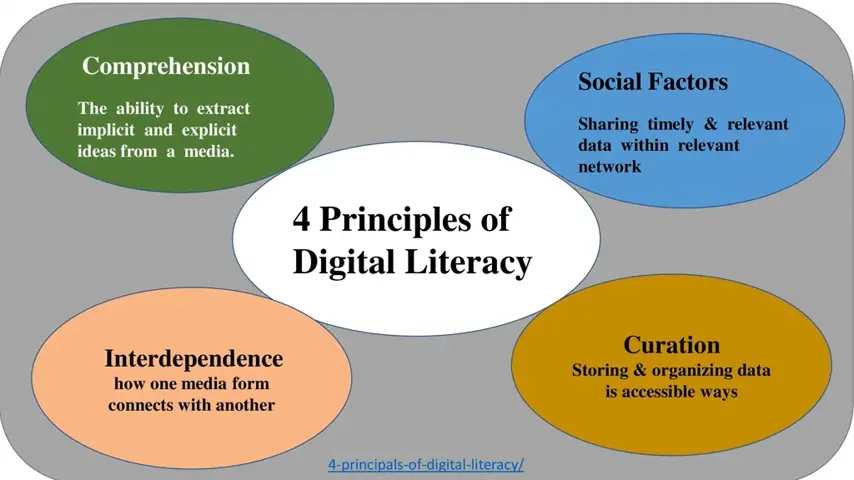Pakistan’s literacy rate stands at 62.3% as of recent data, reflecting disparities across age, gender, and region. The education system struggles due to a lack of funding, inadequate teacher training, and regional inequalities. Rural areas and marginalized groups face significant barriers to accessing education.

1. Government Policies and Initiatives
The National Education Policy (NEP) is Pakistan’s flagship policy for literacy. It aims to achieve 100% enrollment by 2030. Key initiatives include:
- Education Sector Reforms (ESR): Launched to improve primary education access.
- Universal Primary Education (UPE): Focuses on free and compulsory education.
Challenges include a lack of implementation at provincial levels and inconsistent funding.
2. Regional Disparities in Literacy
Literacy rates vary significantly:
- Punjab: Highest at 71% due to better infrastructure.
- Sindh: 65%, with urban areas faring better than rural.
- Balochistan: 46%, the lowest, due to poverty and tribal conflicts.
These disparities highlight the need for targeted interventions based on regional needs. Addressing these issues starts with ensuring robust primary education systems. To learn more about the foundational role of primary education in Pakistan, visit our detailed article on Primary Education in Pakistan.
3. The Role of NGOs and International Organizations
NGOs like The Citizens Foundation (TCF) and UNICEF play a pivotal role. Their projects focus on:
- Building schools in remote areas.
- Training teachers and promoting community-driven education models.
International bodies like USAID also fund large-scale literacy programs, contributing to improved learning environments.
4. Literacy for Women: Addressing the Gender Gap
Pakistan’s female literacy rate is 52%, trailing behind men’s at 72%. Key strategies include:
- BISP (Benazir Income Support Programme): Conditional cash transfers for girls’ education.
- Kishori Programs: Focus on adolescent girls, offering vocational and literacy training.
Cultural barriers and early marriages remain persistent challenges.
5. Adult Literacy Programs and Their Social Impact
Adult literacy initiatives, such as National Commission for Human Development (NCHD) programs, aim to educate 35% of illiterate adults. The social impact includes:
- Improved employment opportunities.
- Better healthcare decision-making.
Challenges include limited reach and funding constraints, especially in rural areas.
6. Infrastructure and Resource Allocation
Poor infrastructure hinders literacy progress:
- Shortage of classrooms: Many schools lack basic facilities like toilets and clean water.
- Limited educational resources: Textbook shortages and overcrowded classrooms.
Increased resource allocation and donor-driven infrastructure projects are crucial to overcome these barriers.
7. E-learning and Technological Innovations in Literacy Programs
E-learning has emerged as a vital tool, especially during COVID-19:
- TeleSchool: A government initiative using television to provide remote education.
- Mobile Learning: NGOs use mobile apps to teach basic literacy in underserved areas.
These technologies help bridge the educational gap in remote regions.
8. Literacy in Conflict Zones: Addressing Education for Marginalized Populations
Conflict zones, particularly in Khyber Pakhtunkhwa and Balochistan, experience severe disruption to education. Schools are destroyed, and teachers are displaced. NGOs and international partners provide makeshift classrooms and mobile learning units, but sustained conflict hinders long-term success.
9. Impact of Poverty and Economic Factors on Literacy
Poverty is a major barrier to education in Pakistan:
- Child labour: 12% of children are engaged in labour, preventing school attendance.
- Cost of education: Hidden costs such as uniforms and supplies deter low-income families from enrolling children.
Government schemes like Zakat and BISP aim to alleviate the financial burden, but poverty remains a significant obstacle.
10. The Role of Teacher Training and Capacity Building
Teacher quality is crucial to literacy success. Pakistan has implemented continuous professional development (CPD) programs to enhance teacher skills. Key initiatives include:
- Teacher Resource Centers (TRCs): Offer ongoing training and support.
- Diploma in Education (D.Ed): Aims to standardize teacher qualifications.
Training remains inconsistent across provinces, affecting education quality.
11. The Future of Literacy in Pakistan: Long-term Goals and Projections
By 2030, Pakistan aims to achieve an 80% literacy rate under the Sustainable Development Goals (SDGs) framework. Key focus areas include:
- Increasing female participation in education.
- Expanding digital literacy and e-learning platforms.
Challenges such as poverty, conflict, and political instability will require robust solutions for sustainable progress.
